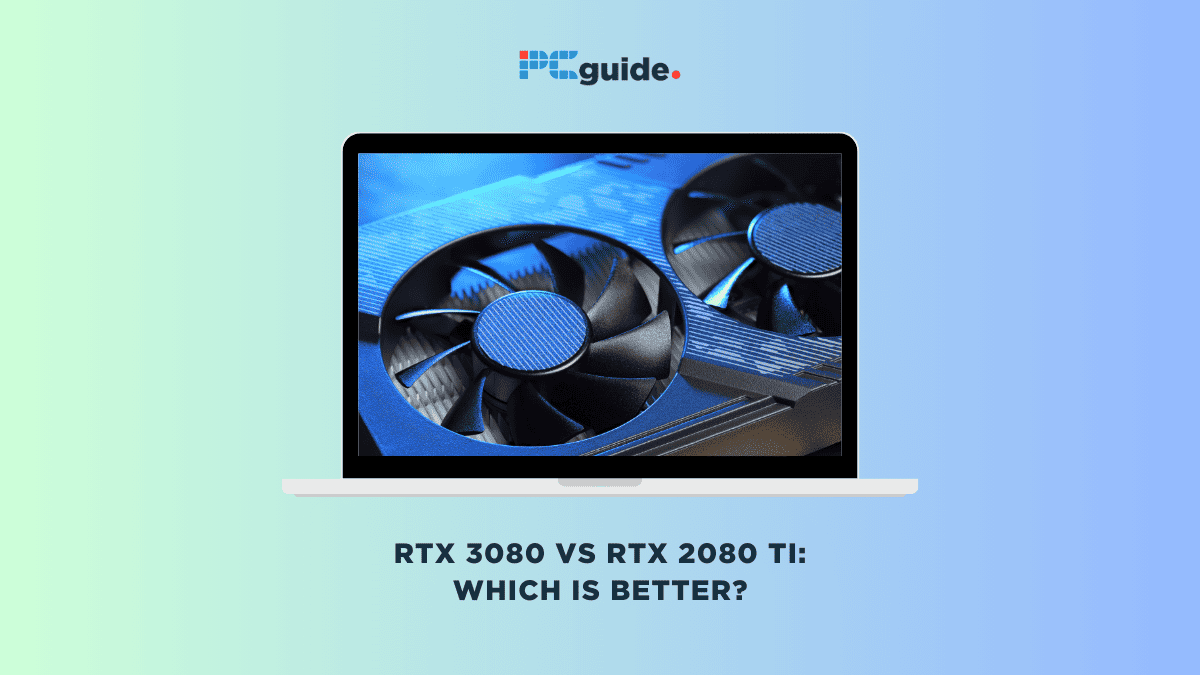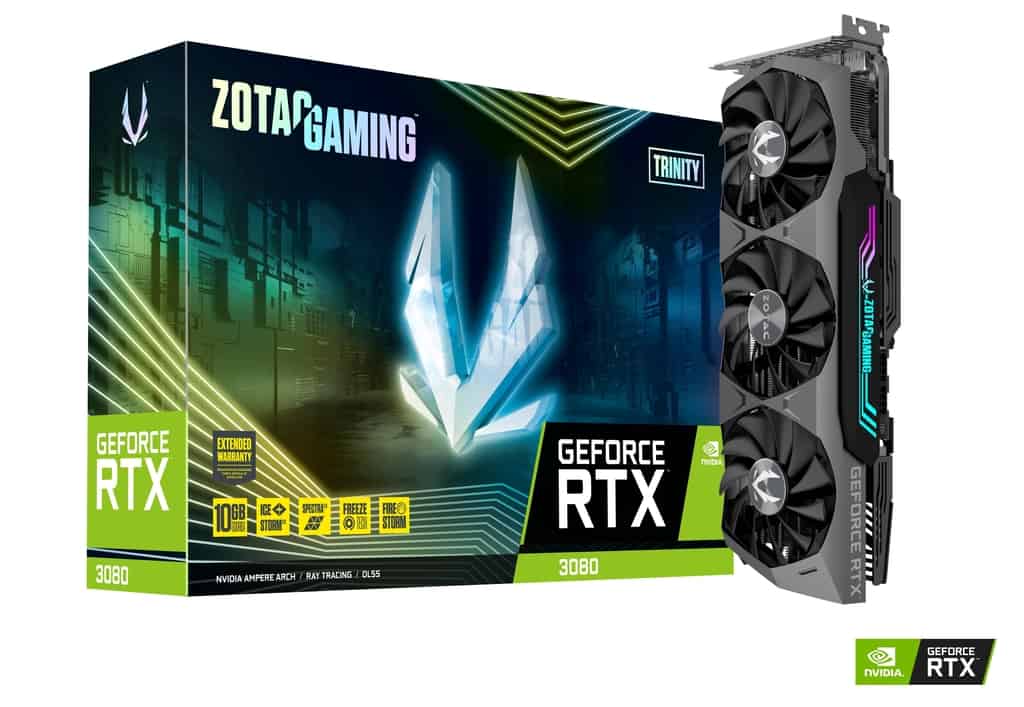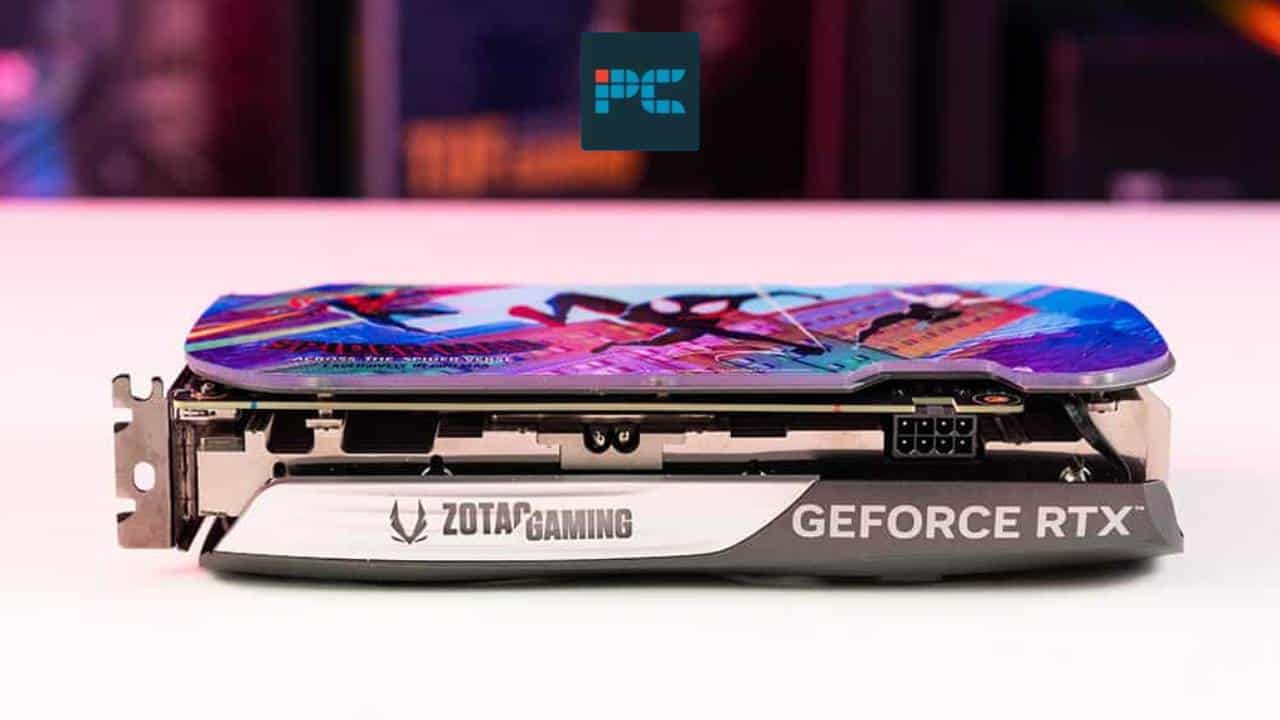In the realm of high-end gaming, the debate over graphics cards is a perennial one. Among the top contenders are NVIDIA’s flagship GPUs: the RTX 3080 vs. RTX 2080 Ti. Both are renowned for their advanced technology and outstanding performance, making the RTX 3080 vs. RTX 2080 Ti comparison a topic of keen interest for gamers and tech aficionados alike. But which of these powerful GPUs truly stands out as the better choice?
This article aims to dissect and compare the RTX 3080 and RTX 2080 Ti across various critical aspects. We’ll delve into their benchmarks, analyze the raw power each brings to the table, compare clock speeds, and scrutinize memory bandwidth. Additionally, we’ll evaluate their compatibility with different CPUs and the overall value they offer.
By examining these factors, we aim to provide a comprehensive overview that will help you determine which NVIDIA GeForce RTX card offers better value and performance, ultimately guiding you to make an informed decision for your gaming setup.
RTX 3080 vs. RTX 2080 Ti: Specs comparison
By examining their specifications side by side, we can better understand their capabilities and determine which one is better.
The RTX 3080 graphics card, has been making waves in the gaming community since its release. In fact, its price has been increased since its launch, primarily based on its popularity. Armed with Ampere architecture and boasting impressive features such as ray tracing and DLSS technology, it promises to deliver breathtaking visuals and unrivaled performance. But how does it stack against its predecessor, the RTX 2080 Ti?
The RTX 2080 Ti was once hailed as the pinnacle of gaming graphics cards. With its Turing architecture and powerful CUDA cores, it set a new standard for high-end gaming experiences. However, with the arrival of the RTX 3080, it started facing tough competition.
Let’s dive into a comprehensive specs comparison between these two cards with great graphical prowess.
| Specs | RTX 3080 | RTX 2080 Ti |
|---|---|---|
| Architecture | Ampere | Turing |
| Processor size | 8 nm | 12 nm |
| Transistors | 28,300 million | 18,600 million |
| Tensor cores | 272 | 544 |
| RT cores | 68 | 68 |
| Base clock | 1,440 MHz | 1,350 MHz |
| Boost clock | 1,710 MHz | 1,545 MHz |
| Memory clock | 1,188 MHz19 Gbps effective | 1,750 MHz14 Gbps effective |
| Memory size | GDDR6X 10 GB | GDDR6 11 GB |
| Memory bandwidth | 760.3 GB/s | 616.0 GB/s |
| TDP | 320 W | 250 W |
| Power connectors | 1x 12-pin | 2x 8-pin |
| Shading units | 8,704 | 4,352 |
| TMUs | 272 | 272 |
| ROPs | 96 | 88 |
| Pixel rate | 164.2 GPixel/s | 136.0 GPixel/s |
| Texture rate | 465.1 GTexel/s | 420.2 GTexel/s |
| Price (during launch) | $699 | $999 |
RTX 3080 vs. RTX 2080 Ti: Performance
When it comes to raw performance, the RTX 3080 undeniably takes the lead over the RTX 2080 Ti. As a newer generation in the 30-series cards, the RTX 3080 boasts advancements in technology that naturally translate to enhanced performance. This GPU is equipped with more CUDA cores, shading units, transistors, and tensor cores, all contributing to its superior speed and efficiency.
Game performance: A closer look
The real-world implications of these technical enhancements are most evident in game performance. The RTX 3080, with its GDDR6X video memory, outperforms the RTX 2080 Ti’s GDDR6 memory, especially in terms of memory speed. This difference is crucial when running games at medium to max settings. For instance, in graphically demanding games like “Cyberpunk,” “Shadow of the Tomb Raider,” “The Witcher,” “Forza Horizon,” and “Metro Exodus,” the RTX 3080 consistently delivers higher average FPS, ensuring a smoother and more immersive gaming experience.
Benchmarking with popular titles
Further, the RTX 3080’s prowess is highlighted in its inclusion in the recommended system requirements for several modern AAA and indie games. Titles such as “Cities Skylines 2,” “Assassin’s Creed Mirage,” and “Starfield” recommend the RTX 3080, indicating its suitability for the latest gaming experiences. This is particularly noticeable in games like “Assassin’s Creed Odyssey,” where the RTX 3080’s performance shines, offering gamers the ability to enjoy these titles at their peak graphical potential.
In summary, the RTX 3080s enhanced capabilities, especially in terms of game performance and support for the latest titles, firmly establish it as the superior choice over the RTX 2080 Ti. For gamers seeking the best possible experience in both current and upcoming games.
RTX 3080 vs. RTX 2080 Ti: Price and value
When it comes to pricing, the RTX 3080 initially hit the market with an MSRP of $699, significantly lower than the RTX 2080 Ti’s launch price of $999. This price advantage, coupled with its superior performance, initially positioned the RTX 3080 as the clear front-runner in the NVIDIA RTX lineup.
However, the landscape has shifted somewhat since their respective launches. The RTX 3080, owing to its popularity and high-end GPU status, has seen a price increase. This uptick in cost is somewhat justified by the card’s exceptional value, especially when paired with the right hardware, including compatible CPUs and monitors capable of QHD and higher resolutions.
On the flip side, the RTX 2080 Ti has experienced a price reduction, a common occurrence in the tech world as newer models emerge. Despite this, when evaluating the launch prices, the RTX 3080 still emerges as the more cost-effective option. It’s important to consider the entire ecosystem when evaluating these GPUs, including the required PSU power and the potential need for hardware upgrades to fully leverage their capabilities.
In summary, while the RTX 3080 initially offered more bang for your buck, current market dynamics and individual setup requirements might influence which card offers the best value for you today.
Final verdict
Whether you are looking to upgrade or build a new PC, choosing RTX 3080 over RTX 2080 Ti seems to be an excellent option. However, the switch should depend on your personal preferences and budget. As mentioned earlier, the RTX 3080 might be more costly than the RTX 2080 Ti currently. If you don’t encounter any budget issues, we would certainly recommend making the jump. In fact, if you have the budget and are looking for even better performance, you can go further with an Nvidia 40-series card.










